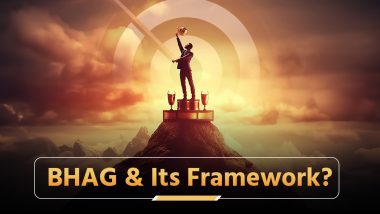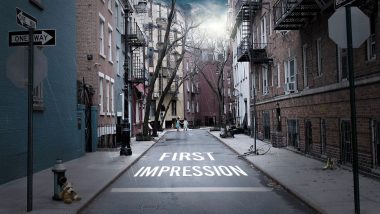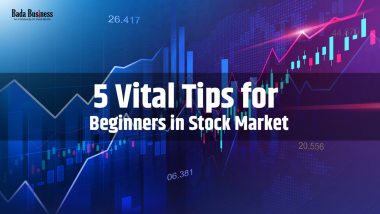Asset means anything of monetary value owned by an individual or business. A business asset is a resource that has an economic value for a company and which can be used in the current or future time period to generate revenues.Examples of business assets are:
- Cash and cash equivalents
- Property, plant and equipment
- Inventory
- Investments
- Furniture and fixtures
- Patents, copyrights and trademarks
There are 3 key essential properties of a business asset:
- Ownership:
Assets that carry ownership and can be eventually turned into cash and cash equivalents - Economic Value:
Assets that carry economic value & can be exchanged or sold - Resource:
These assets are basically those resources which can be used to generate future economic benefits
Business Assets can be classified into 3 categories:
- Convertibility:
Classifying assets based on how quickly they can be converted into cash. - Physical Existence:
Classifying assets on the basis of their physical existence i.e. tangible or intangible. - Usage:
Classifying assets on the basis of their business usage or purpose.
Classifying assets based on how quickly they can be converted into cash i.e. short-term assets and long-term assets.
- Short-term Assets
= Assets that you expect to sell or convert into cash, within 1 year.
- Long-term Assets = assets that will not get converted into cash in 1 year, and provide long-term value to your business.
On the basis of physical existence, assets can be classified as: tangible and intangible assets.
- Tangible Assets
= assets which can be seen, touched i.e. having physical existence
- Intangible Assets
= assets which can’t be seen i.e. which don’t have physical existence
On the basis of their usage, assets can be classified as operating and non-operating assets.
- Operating Assets
= assets required in the daily operations of business i.e. assets which are used to generate revenue from company’s core business activities.
- Non-operating Assets
= assets which are not required in daily operations of business but still generate revenue for business.
Why are these assets so important for any business?
Assets are important for any type of business due to the following reasons:- Generating revenue
- Increasing the value of your business
- Facilitate the running of your business
In some cases leasing an asset in a business, such as a machinery, can be way more cost-effective than buying one.Intangible assets such as patents, copyrights and trademarks help in protecting your business against infringement. Learning about assets in business is a must for every entrepreneur. The efficient management of assets in a business is absolutely critical, as errors can lead to inefficient decision-making, incorrect tax reporting and inaccurate valuation of your business.




















